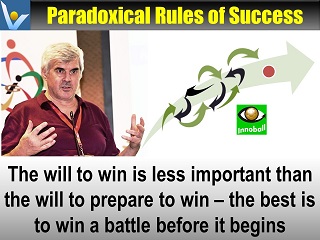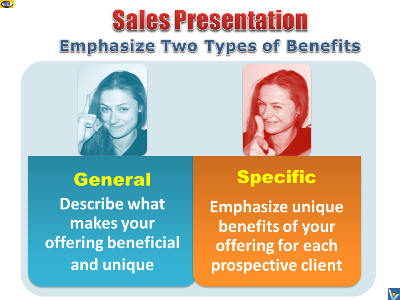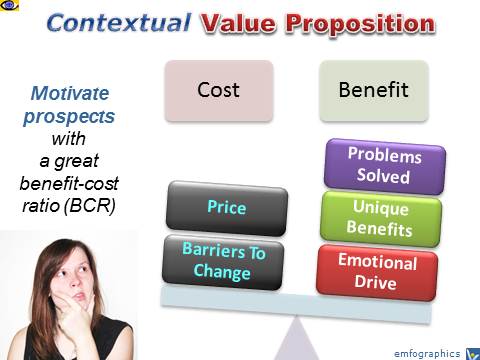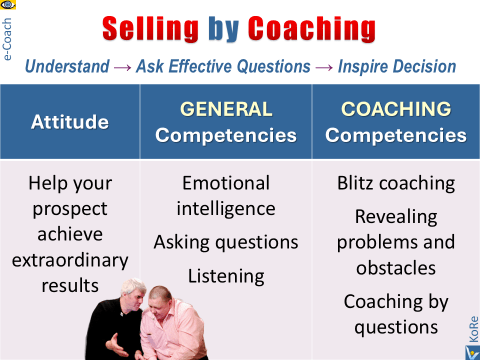| |
"Victorious warriors
win
first and then go to war, while defeated warriors go to war first and then
seek to win," writes Sun Tzu in
The Art of War.
Prepare to win and plan in
advance
so that you are
thoroughly prepared to bring the
sales conversation to its
natural conclusion in the most appropriate
way.
|
|
 |
| |
|
Your ability
to ① find the reason the prospect will buy
and press this "hot button", and ②
anticipate and answer objections and get the
sale defines how good you really are as a
salesperson.
|
|
|
| |
①
Sell benefits and
solutions, not features.
②
Ask questions that will
uncover or create prospect's
need for your products.
③
Present product-related
solutions that satisfy the
customers needs.
④
Overcome objections they may
raise.
⑤
Close sales.
|
|
 |
 |
|
In
other words, core selling skills
include the ability to make
positive
first impression, establish
rapport quickly, answer
prospects' questions, and
ultimately overcome their
natural reluctance to make a
commitment that wraps up the
sales process.
|
|
| |
|
Understand Risks Perceived by
Prospects
|
|
|
 |
|
Brainstorm a list of possible
objections based on your product, service or solution. Consumers may
perceive, both consciously and subconsciously, many different types
of risks in buying and consuming a product...
More |
|
| |
|
Know the Enemies of Selling
"Every sale has five basic
obstacles: no need, no money, no
hurry, no desire, no trust,"
says Zig Ziglar. Prepare
yourself in advance. Empathize
with your prospects to
anticipate anything they might
offer as a reason for not
buying. Be ready.
|
|
|
| |
|
Sell Benefits, Solutions, and
Achievements
|
|
|
|
|
|

|
Handle objections and
remove the obstacles
Just as there are reasons why people
buy a product, there are reasons why they don't.
>>>
Make it a reason to
buy
Objections can be turned into
reasons for buying. Just as there is a primary reason for buying a
product, a hot button, there is a primary objection that stops the
person from buying it. If you can emphasis the one and remove the
other, the sale falls together naturally.
Use
different
closing tactics for smaller and larger products
In
selling smaller products or services, where you can prospect and
make a complete presentation in the first meeting, your approach to
closing will be different from that required if you are selling
a larger product in a multi-call sale that stretches over several
weeks or months.
>>>
→
Negotiation
DOs and DON'Ts
Ask for the order
In the shorter, smaller sale,
the prospect knows everything necessary to make a buying decision at
the end of
your presentation. Your aim should be to answer any
lingering questions and then ask for the order. In the larger sale,
you may have to meet with the prospect several times before the
prospect is in a position to
make a buying decision. You will have
to be more patient and
persistent.
|
|
|